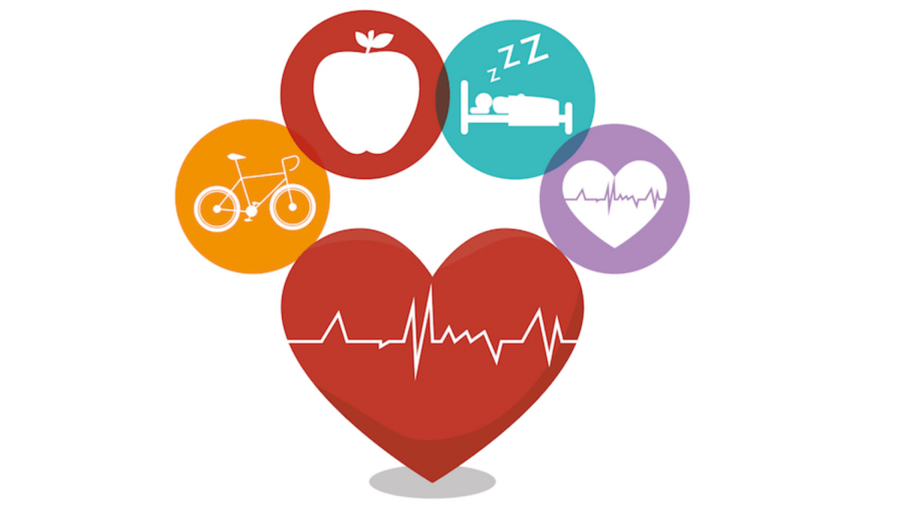Safe Food Handling: Your Comprehensive Guide to Preventing Foodborne Illness
Foodborne illnesses pose a significant public health risk, affecting people of all ages. Implementing safe food handling practices is crucial for protecting yourself and your family from the potentially severe consequences of contaminated food. This guide details essential steps to minimize your risk, empowering you to take control of your food safety.
Hand Hygiene: The Foundation of Food Safety
Thorough handwashing is paramount. Before preparing, handling, or consuming any food, wash your hands diligently with warm water and soap for at least 20 seconds. Scrub thoroughly, including the backs of your hands, between fingers, and under nails. This simple yet effective practice dramatically reduces bacterial spread.
Preventing Cross-Contamination: Separating Raw and Cooked Foods
Cross-contamination, the transfer of harmful bacteria from raw to cooked foods or ready-to-eat items, is a major concern. Maintain strict separation throughout the cooking process. Use dedicated cutting boards, utensils, and plates for raw meats (poultry, seafood included) and other foods. Never place cooked food on a surface that previously held raw meat without thorough cleaning and sanitizing.
Cooking to Safe Internal Temperatures: Eliminating Harmful Pathogens
Cooking food to the correct internal temperature is critical for eliminating harmful bacteria. A food thermometer is essential. Ensure meats, poultry, and seafood reach their recommended minimum internal temperatures before consumption. These temperatures effectively kill pathogens, significantly reducing the risk of foodborne illness. Consult reliable sources for specific temperature guidelines for different food types.
Temperature Control: Refrigeration and Freezing for Food Preservation
Maintaining proper storage temperatures is vital. Perishable foods should be refrigerated at or below 40°F (4°C), and frozen foods at or below 0°F (-18°C). These temperatures inhibit bacterial growth, preserving food quality and safety. Prompt refrigeration of leftovers is crucial to prevent rapid bacterial growth.
Time Management: Minimizing Room Temperature Exposure
Bacteria multiply rapidly at room temperature. Avoid leaving perishable foods at room temperature for extended periods, particularly during warmer weather. The "two-hour rule" is a helpful guideline: discard perishable food left at room temperature for more than two hours (or one hour above 90°F). When in doubt, err on the side of caution and discard the food.
Kitchen Sanitation: A Clean and Safe Cooking Environment
Regular cleaning and sanitizing of kitchen surfaces are essential. After each food preparation session, thoroughly clean and sanitize countertops, cutting boards, utensils, and sinks with a suitable disinfectant. This prevents bacterial buildup and minimizes cross-contamination risk.
Expiration Dates: Your Guide to Food Safety
Always check expiration dates. Do not consume food past its expiration date; it may be unsafe. While "best by" dates indicate peak quality, expiration dates are more critical for safety. Discard food showing signs of spoilage, such as unusual odors, discoloration, or slimy textures.
Refrigerator Organization: Strategic Storage for Preventing Cross-Contamination
Organize your refrigerator to prevent cross-contamination. Store raw meats and seafood in sealed containers or bags on lower shelves to prevent juices from dripping onto other foods. This simple organizational step significantly reduces the risk of bacterial transfer.
Produce Preparation: Washing Fruits and Vegetables
Thoroughly wash all fruits and vegetables before consumption, even if peeled. Washing removes dirt, pesticides, and potential bacteria. Use cold running water and scrub firmly, particularly for leafy greens.
Dining Out: Maintaining Food Safety Standards Away From Home
When dining out, observe the restaurant's hygiene. Ensure your food is thoroughly cooked and served at the correct temperature. Don't hesitate to ask about food safety practices if you have concerns.
Food Recalls: Staying Informed and Protecting Your Family
Stay updated on food recalls and warnings from health authorities. Regularly check reliable sources for updates on potentially contaminated products. Immediately discard any recalled items.
Family Education: Shared Knowledge for Collective Well-being
Educate your family about safe food handling. Share this information to empower them to make informed choices that prioritize food safety for everyone.
Vulnerable Populations: Enhanced Safety Measures
Take extra precautions when preparing food for vulnerable individuals (elderly, pregnant women, young children, immunocompromised). These groups are more susceptible to foodborne illnesses, requiring meticulous food safety practices.
Trust Your Instincts: Recognizing Spoilage
Trust your senses. If food looks, smells, or tastes unusual, discard it. Don't risk consuming potentially spoiled food. Your senses often accurately indicate food safety concerns.
Conclusion: Prioritizing Safe Food Handling
Safe food handling is not optional; it's a responsibility. By consistently implementing these practices, you significantly reduce the risk of foodborne illnesses. Food safety is an ongoing process requiring vigilance and awareness. Prioritizing safe food handling ensures healthier lives and peace of mind. Let's work together to create safer, healthier food environments.
What are your essential food safety practices? Share your tips and experiences in the comments below!




No comments yet. Be the first to share your thoughts!